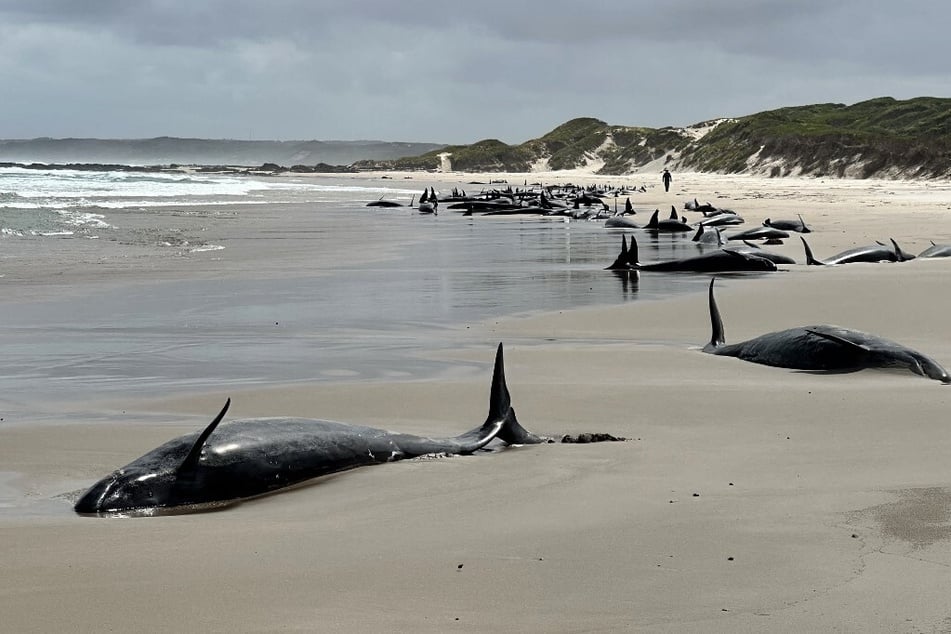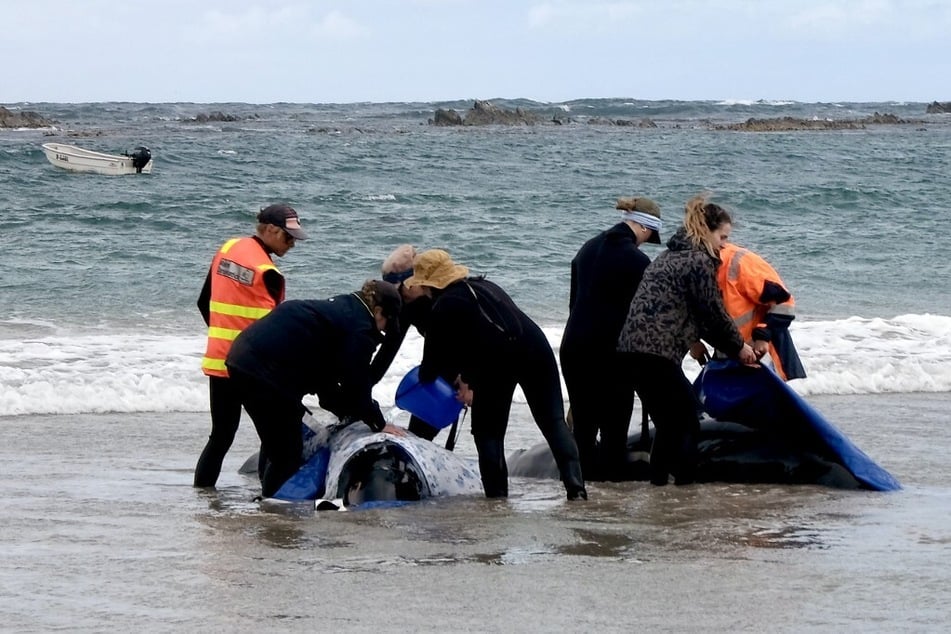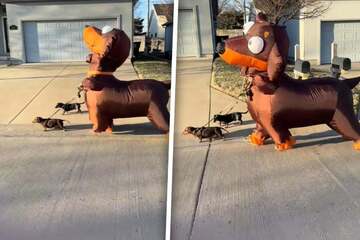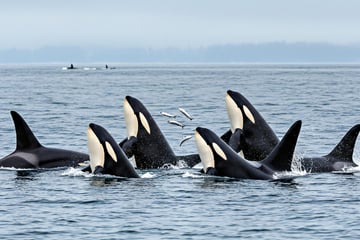Dozens of dolphins stranded on remote Australian beach set for euthanization
Tasmania, Australia - Wildlife rangers will Wednesday begin shooting 90 dolphins stranded on a remote Australian beach, saying the stressed creatures would be euthanized after attempts to refloat them failed.

A pod of 157 dolphins from a poorly understood deep-sea species was found stranded Tuesday evening on an isolated beach in Australia's southern island of Tasmania.
Tasmania's environment department said only 90 survived by Wednesday afternoon, growing increasingly "stressed" the longer they were exposed to beaming sun and lashing winds.
"Following expert veterinary assessment we have made the decision to euthanise the animals," incident controller Shelley Graham told reporters. "That's likely to be the course of action for all 90."
They appeared to be members of a large dolphin species known as false killer whales, officials said, named for the orca-like shape of their skull.
Efforts to refloat the dolphins – which can weigh upwards of one ton – had fallen short and were unlikely to succeed, said biologist Kris Carlyon.
"This is possibly the trickiest location I've seen in 16 years of doing this in Tasmania. It is extremely remote, extremely difficult to get access," Carlyon said, adding, "We've given it a good crack this morning, but we are running out of options for a successful refloat."
Dozens of sleek and dark-skinned dolphins were pictured Tuesday wallowing in wet sand as a shallow tide lapped against them.
"Euthanasia of an animal this size, it's not a simple exercise," said Carlyon.
It is reasonably common for pods of false killer whales to strand themselves on Australia's beaches, but officials said it was the first time in 50 years they had beached in that part of Tasmania.
"Often we don't get to the bottom of the ultimate cause," said Carlyon. "They have really strong social bonds. One disoriented individual can drag the rest of them ashore."
Little is known about "near threatened" false killer whales

The dolphins were stranded on a beach near the Arthur River inlet on the west coast of Tasmania, a sparsely populated area known for its windswept coastline.
"The moment a whale or dolphin strands, the clock of survival starts ticking," said marine scientist Vanessa Pirotta. "We don't yet understand why whales and dolphins strand."
"Tasmania has proven to be a hotspot location for seeing mass strandings like this. Perhaps it's the geographical location – which makes it difficult to navigate around."
False killer whales can reach up to 20 feet in length and are known as a highly social species that gathers in pods of 50 or more.
Big adults can weigh more than one ton, according to the US National Oceanic and Atmospheric Administration.
The species is often involved in mass strandings that can "wipe out whole schools involving hundreds of animals," according to the Australian Museum.
Little is known about false killer whales, according to a government factsheet, and there are no reliable estimates of their population size. The Australian government lists their conservation status as "near threatened."
Cover photo: HANDOUT / DEPARTMENT OF NATURAL RESOURCES AND ENVIRONMENT TASMANIA / AFP

